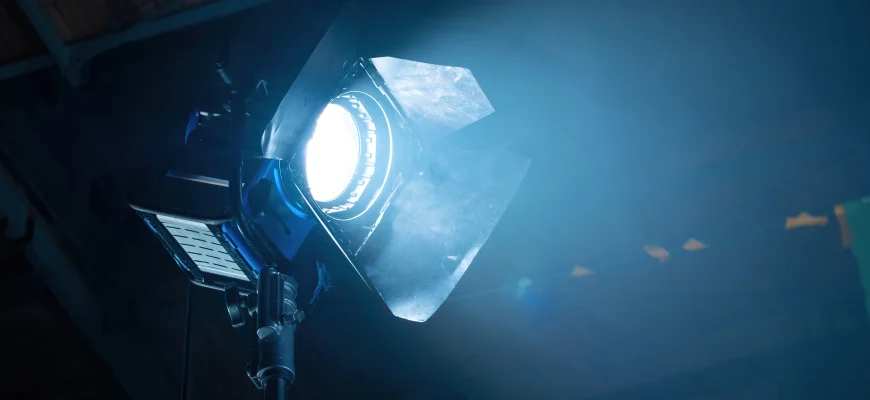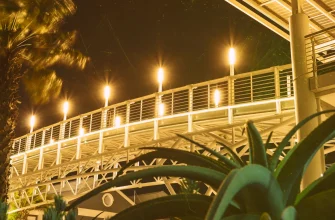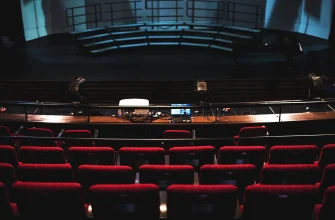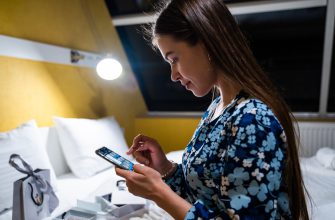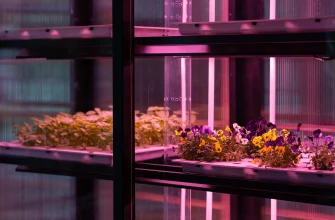LED floodlights and why you can’t do without them!
Lighting equipment is a set of devices and systems that are used to create, control and change lighting effects in various fields of activity, such as theaters, concerts, architectural lighting and outdoor events.
Lighting equipment can be divided into three main groups: lighting, decorative and special.
Lighting equipment
Lighting equipment is what provides basic illumination of premises or objects. It includes lamps, luminaires, spotlights, reflectors, etc. Lighting equipment must take into account factors such as brightness, color temperature, angle of dispersion, and direction of light.
Decorative equipment
Decorative equipment is something that creates an atmosphere or emphasizes an artistic concept. For example, in a theatrical production, decorative lighting can create a special atmosphere according to the plot, and at a wedding ceremony, LED strips can emphasize the romantic mood of the event. It includes garlands, lasers, LED strips, neon tubes, etc. Decorative equipment should take into account factors such as contrast, harmony, rhythm, and light dynamics.
Special equipment
Special equipment is something that creates effects that cannot be achieved with conventional lighting. This includes smoke machines, strobes, pulsating light, etc. Special equipment should take into account factors such as synchronization with music or images, safety, and environmental friendliness.
Lighting equipment in nightclubs
Lighting equipment in nightclubs is used to create an atmosphere, emphasize music and attract visitors. Usually, nightclubs use the following types of lighting equipment:
- Floodlights are powerful light sources that can change colors, directions, and shapes of light beams. They can be static or moving, as well as synchronized with music or controlled by a DJ or operator.
- Effects are devices that create a variety of light phenomena, such as lightning, smoke, bubbles, sparks, etc. They can be standalone or connected to spotlights or other light sources.
- LED strips are flexible ribbons with built-in LEDs that can glow in different colors and flash to the rhythm of the music. They can be attached to the ceiling, walls, furniture, or clothing to create a spectacular decor.
- Lasers are devices that emit powerful light beams of various colors and shapes. They can project a scattering of stars, geometric shapes, logos, or text on the ceiling or walls. The laser show can be accompanied by smoke or fog to improve visibility.
Lighting equipment in nightclubs should be professional and of high quality, certified in accordance with international standards, use modern technologies, and be safe and environmentally friendly. For its installation and adjustment, you need to contact specialized companies and specialists. Lighting equipment in nightclubs is an important element of entertainment and impressions for guests and staff.
LED spotlights – more details
LED spotlights are lighting devices that use LEDs as light sources. LEDs are semiconductor elements that convert electrical energy into light with high efficiency and minimal heat loss, making them much more efficient and cost-effective than traditional incandescent bulbs. LEDs have many advantages over traditional incandescent or halogen floodlights, such as:
- High efficiency – LED floodlights consume less electricity for the same or higher lumen output. For example, a 50W LED floodlight can provide the same amount of light as a 500W incandescent floodlight.
- Long service life – LED floodlights can last up to 50,000 hours, or about 10 years, with daily use. This reduces the need for frequent maintenance or replacement of the floodlight.
- Low temperature – LED floodlights do not heat up as much as incandescent or halogen lamps. This improves user safety and comfort, as well as reduces the risk of fire or damage to the illuminated object.
- Stable brightness – LED floodlights do not flicker or change light color over time. They are also not sensitive to voltage and temperature changes.
- Environmental friendliness – LED floodlights do not contain mercury and other harmful substances that can be released into the environment during disposal. They also emit less heat and ultraviolet radiation, which can negatively affect plants and animals.
LED floodlights are used to illuminate various objects and areas, such as building facades, sculptures, parks, stadiums, warehouses, garages, etc. They are also often used for decorative purposes, for example, to create a festive atmosphere during festivals or outdoor events. They can have different wattages, beam angles, color temperatures, and additional features such as motion detection, remote control, solar panel, etc. To choose the optimal LED floodlight, you need to consider the size and distance to the object to be illuminated, the desired light level, meteorological conditions and aesthetic preferences.
